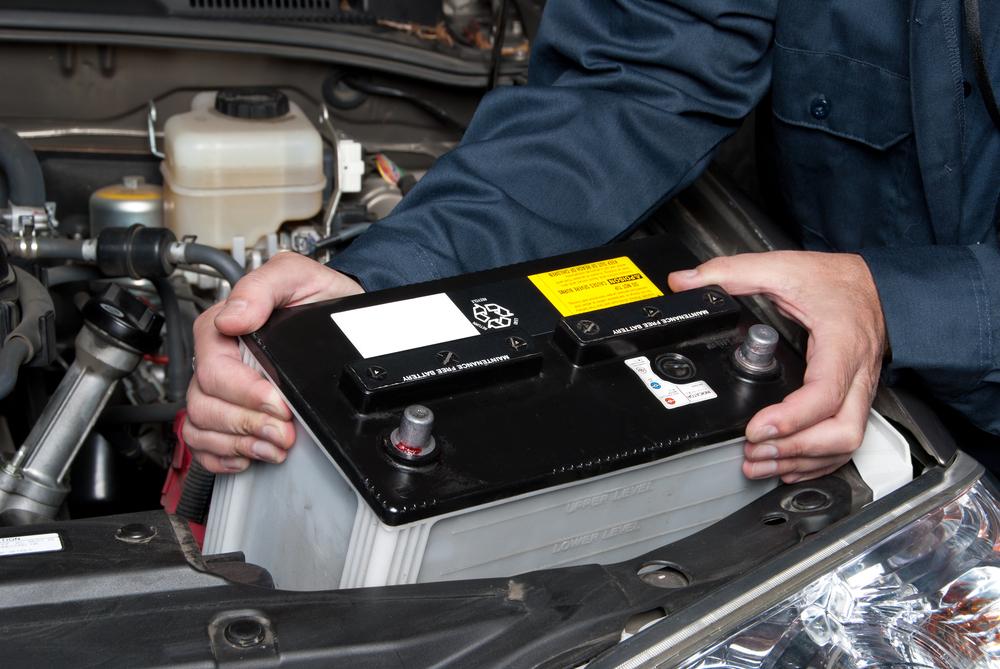Comprehensive Guide to Maintaining Your Golf Cart Batteries for Peak Performance
Ensure your golf cart runs smoothly with proper battery maintenance techniques. This comprehensive guide covers cleaning, securing batteries, preventing corrosion, and correct charging practices to extend battery life and improve performance. Regular upkeep not only saves money but also guarantees a dependable driving experience, making your golf cart more efficient and longer-lasting.

Owning a golf cart offers convenience and fun, but maintaining its battery system is essential to ensure reliable operation and a long lifespan. Whether you're a casual golfer or a regular user, understanding proper battery maintenance techniques can save you time, money, and frustration. In this comprehensive guide, we'll delve into the critical aspects of golf cart battery care, including regular cleaning, secure mounting, corrosion prevention, and effective charging practices, to keep your golf cart running smoothly year-round.
Importance of Proper Golf Cart Battery Maintenance
The heart of any electric golf cart is its battery system. These batteries power the motor, lights, and other electronic components, making their proper maintenance vital. Neglecting battery upkeep can lead to decreased performance, shorter lifespan, and costly replacements. Regular maintenance ensures the batteries remain efficient, charge quickly, and deliver consistent power, providing a seamless experience for the user and maximal value for the investment.
Steps for Effective Battery Maintenance
1. Disconnect Accessories When Not In Use
One of the simplest yet most effective habits is disconnecting non-essential accessories, such as lights or chargers, when they are not in use. This prevents unnecessary power drain, especially when the battery charge is low. Monitoring battery charge levels through engine or charger alerts can help determine when to disconnect accessories, thereby prolonging battery life and maintaining optimal power levels.
2. Regular Cleaning to Prevent Corrosion
Corrosion on battery terminals and contacts is a common issue that hampers performance. Regular cleaning with a battery brush and terminal cleaner can remove oxide buildup, ensuring good electrical contact. Use a mixture of baking soda and water to neutralize corrosion, and rinse thoroughly with clean water. After cleaning, dry the terminals properly before applying protective sprays to inhibit further corrosion.
3. Securing Batteries Properly
Proper mounting of batteries is crucial for safety and performance. Use sturdy battery mounts, handles, straps, and support rods to keep batteries securely in place, especially when traversing rough terrain or making sharp turns. Loose batteries can lead to damage and potential hazards, so regular checks and adjustments are essential.
4. Application of Protective Coatings
Applying a specialized protective spray designed for batteries on terminals helps create a barrier against moisture and contaminants, significantly reducing corrosion risk. Disposable terminal covers can provide additional protection during storage or transport. Investing in quality cables and ensuring tight, corrosion-free connections enhance the overall reliability of the power system.
5. Maintaining and Inspecting Cabling
Check cables regularly for signs of wear, fraying, or loose connections. Clean connections with a wire brush if necessary, and tighten any loose terminals. Proper cable maintenance ensures efficient power flow, prevents voltage drops, and extends battery life.
6. Use of Battery Additives and Preventive Measures
Using reliable battery additives can help prevent the formation of sulfate crystals and corrosion inside the battery. These additives improve charging efficiency, helping batteries charge faster and last longer. Additionally, keeping batteries fully charged during off-seasons and avoiding complete discharges can significantly extend their lifespan.
Best Charging Practices
Always use the correct charger recommended by the manufacturer. Avoid overcharging or leaving the battery connected to a charger once fully charged, as this can damage internal components. Regularly monitor the charging process and ensure chargers are functioning properly. Proper charging habits contribute greatly to battery health and longevity.
Conclusion
Maintaining your golf cart's batteries may require consistent effort, but the benefits far outweigh the inconvenience. Regular cleaning, secure mounting, corrosion prevention, and proper charging protocols can extend your battery's lifespan, enhance performance, and save costs on replacements. Remember, a well-maintained battery system means a reliable, safe, and enjoyable golf cart experience for years to come.





